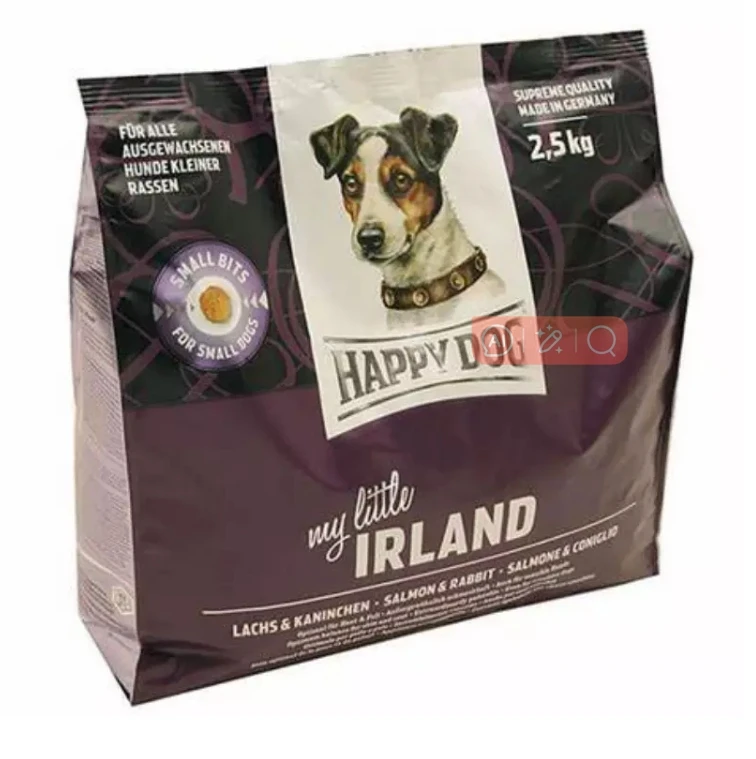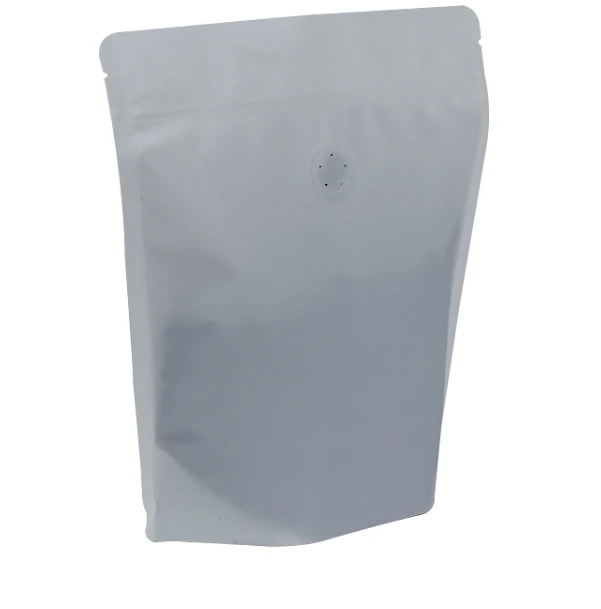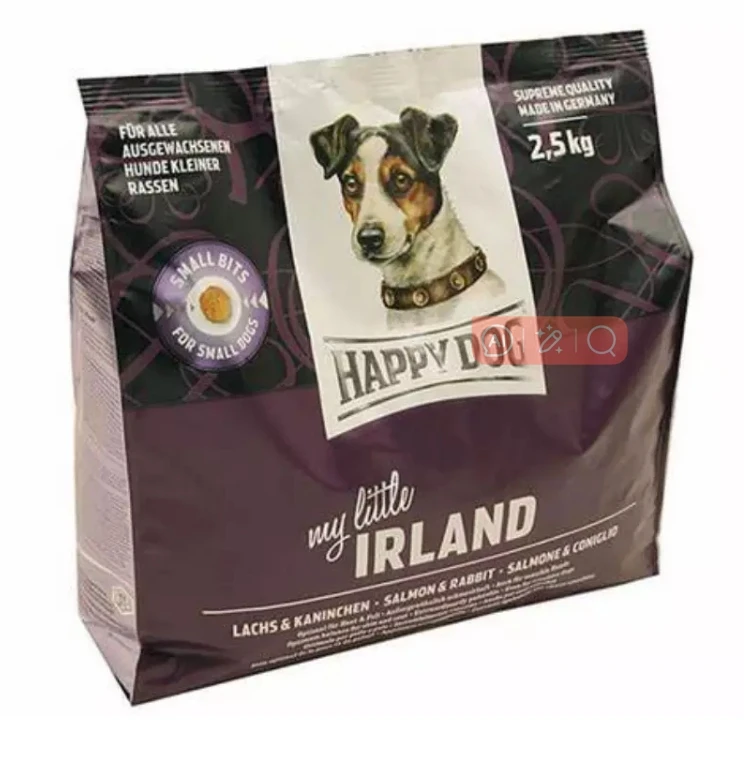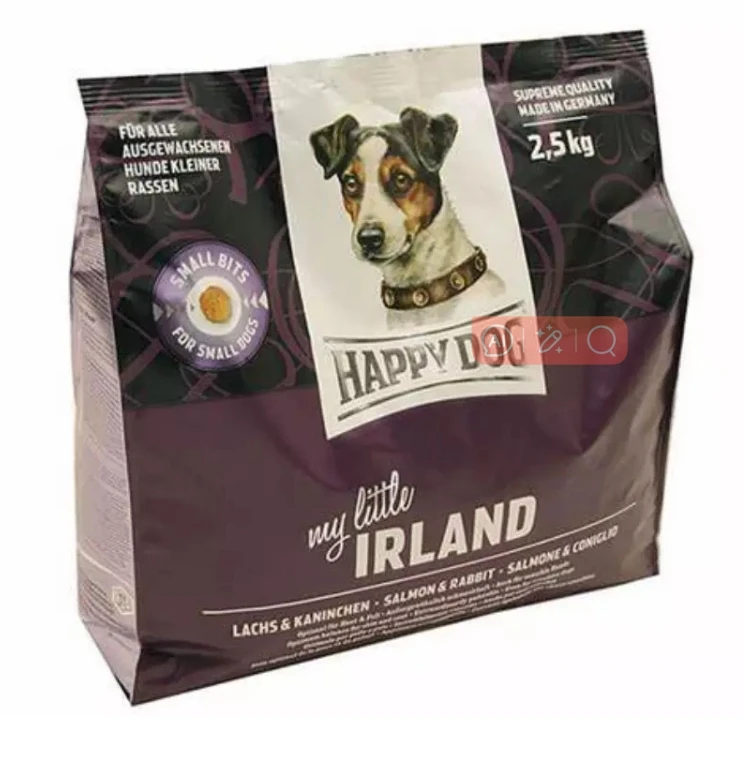- Afrikaans
- Albanian
- Amharic
- Arabic
- Armenian
- Azerbaijani
- Basque
- Belarusian
- Bengali
- Bosnian
- Bulgarian
- Catalan
- Cebuano
- chinese_simplified
- chinese_traditional
- Corsican
- Croatian
- Czech
- Danish
- Dutch
- English
- Esperanto
- Estonian
- Finnish
- French
- Frisian
- Galician
- Georgian
- German
- Greek
- Gujarati
- haitian_creole
- hausa
- hawaiian
- Hebrew
- Hindi
- Miao
- Hungarian
- Icelandic
- igbo
- Indonesian
- irish
- Italian
- Japanese
- Javanese
- Kannada
- kazakh
- Khmer
- Rwandese
- Korean
- Kurdish
- Kyrgyz
- Lao
- Latin
- Latvian
- Lithuanian
- Luxembourgish
- Macedonian
- Malgashi
- Malay
- Malayalam
- Maltese
- Maori
- Marathi
- Mongolian
- Myanmar
- Nepali
- Norwegian
- Norwegian
- Occitan
- Pashto
- Persian
- Polish
- Portuguese
- Punjabi
- Romanian
- Russian
- Samoan
- scottish-gaelic
- Serbian
- Sesotho
- Shona
- Sindhi
- Sinhala
- Slovak
- Slovenian
- Somali
- Spanish
- Sundanese
- Swahili
- Swedish
- Tagalog
- Tajik
- Tamil
- Tatar
- Telugu
- Thai
- Turkish
- Turkmen
- Ukrainian
- Urdu
- Uighur
- Uzbek
- Vietnamese
- Welsh
- Bantu
- Yiddish
- Yoruba
- Zulu
Convert 7 mils to millimeters for accurate measurements and specifications
Understanding the Conversion of 7 Mils to Millimeters
In a world that thrives on precision and accuracy, the importance of understanding measurement conversions cannot be overstated. One such conversion that may raise questions is the transformation of 7 mils into millimeters. This article will not only provide an insight into this conversion but will also delve into the semantics of mils, their applications, and relevance in various fields.
What is a Mil?
A mil, often known as a thou, is a unit of measurement that is extremely small, commonly used in fields such as manufacturing, engineering, and plastics. One mil is equal to one thousandth of an inch (0.001 inches). This unit becomes particularly relevant in industries that deal with thin materials such as coatings, films, and sheets. The mil is essential when applying coatings, as the thickness of the coating can significantly affect its performance outcomes.
Converting Mils to Millimeters
To convert mils to millimeters, we must first recognize the relationship between inches and millimeters. Specifically, 1 inch is equal to 25.4 millimeters. Since there are 1000 mils in an inch, we can derive the conversion factor from mils to millimeters.
The conversion formula is as follows
\[ \text{Millimeters} = \text{Mils} \times 0
.0254 \]Now, substituting 7 mils into the formula gives us
\[ 7 \text{ mils} \times 0.0254 \text{ mm/mil} = 0.1778 \text{ mm} \]
Thus, 7 mils is equivalent to approximately 0.1778 millimeters. This value, though small, can be crucial in applications where thickness measurements dictate quality and performance.
Applications of Mils in Industry
7 mils to mm

Mils find extensive application in various industries
1. Manufacturing In the production of materials such as films, the thickness of the material can determine its durability and usability. For instance, plastic sheeting is often measured in mils.
2. Coating Technologies In paint and coating industries, the application thickness is often specified in mils. This is vital, as the performance, such as resistance to corrosion or wear, can vary significantly with thickness.
3. Medical Fields In the medical industry, packaging materials often need to meet stringent thickness specifications. Mils ensure precise measurements that guarantee protection for sensitive products.
4. Electronics In semiconductor manufacturing, where thin layers of materials are applied, mil measurements are critical to achieving desired electrical properties.
5. Aerospace and Automotive In these industries, tolerating small differences in thickness can affect performance and safety. As a result, mil measurements are often used.
Why Conversion Matters
Understanding conversion between mils and millimeters is crucial not just for professionals in relevant industries but also for consumers and DIY enthusiasts. Whether one is measuring the thickness of a plastic film for a home project or ensuring that a coating meets industrial standards, the accuracy of measurements can lead to better results.
Additionally, converting different units helps in comparing data across various standards, as different countries may primarily use different measurement systems. For instance, the United States widely uses mils, while many other countries employ the metric system with millimeters, underscoring the necessity of clear communication and precise conversions.
Conclusion
In conclusion, 7 mils to millimeters conversion may appear trivial, but it encapsulates a larger framework of measurement that is essential in various fields. Understanding that 7 mils equals approximately 0.1778 millimeters provides a greater appreciation for the definitions and applications of these measurements. As industries continue to evolve, the importance of precision in measurement will only grow, making the knowledge of conversions an invaluable asset for professionals and hobbyists alike. Whether in manufacturing, arts, or science, mastering these conversions will always ensure a measure of success.













